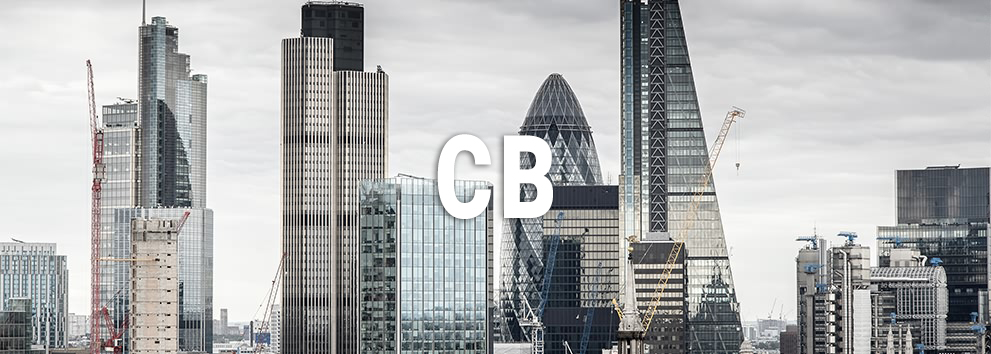The Situation of Lithium-ion Batteries Recycling and Its Challenge
The Situation of Lithium-ion Batteries Recycling and Its Challenge,
Lithium Ion Batteries,
▍What is CB Certification?
IECEE CB is the first genuine international system for mutual recognition of electrical equipment safety test reports. NCB (National Certification Body) reaches a multilateral agreement, which enables manufacturers to obtain national certification from other member countries under CB scheme on the basis of transferring one of the NCB certificates.
CB certificate is a formal CB scheme document issued by authorized NCB, which is to inform other NCB that the tested product samples conform to present standard requirement.
As a kind of standardized report, CB report lists relevant requirements from IEC standard item by item. CB report not only provides results of all required testing, measurement, verification, inspection and assessment with clearness and non-ambiguity, but also including photos, circuit diagram, pictures and product description. According to the rule of CB scheme, CB report will not take effect until it presents with CB certificate together.
▍Why we need CB Certification?
- Directly recognized or approved by member countries
With CB certificate and CB test report, your products can be exported to some countries directly.
- Convert to other countries certificates
The CB certificate can be directly converted to the certificate of its member countries, by providing the CB certificate, test report and difference test report (when applicable) without repeating the test, which can shorten the lead time of certification.
- Ensure the Safety of Product
The CB certification test considers the product’s reasonable use and foreseeable safety when misused. The certified product proves the satisfactory of the safety requirements.
▍Why MCM?
● Qualification: MCM is the first authorized CBTL of IEC 62133 standard qualification by TUV RH in mainland China.
● Certification and testing capability: MCM is among the first patch of testing and certification third party for IEC62133 standard, and has finished more than 7000 battery IEC62133 testing and CB reports for global clients.
● Technical support: MCM possesses more than 15 technical engineers specialized in testing as per IEC 62133 standard. MCM provides clients with comprehensive, accurate, closed-loop type of technical support and leading-edge information services.
The shortage of materials caused by rapid increase of EV and ESS
The density of lithium and cobalt in batteries is much higher than that in minerals, which means batteries are worth recycling. Recycling anode materials will save more than 20% of battery cost.In America, the federal, state or regional governments own the right of disposing and recycling lithium-ion batteries. There are two federal laws related to lithium-ion batteries recycling. The first one is Mercury-Containing and Rechargeable Battery Management Act. It requires companies or shops selling lead-acid batteries or nickel–metal hydride batteries should accept waste batteries and recycle them. The method of recycling lead-acid batteries will be seen as the template for the future action on recycling lithium-ion batteries. The second law is Resource Conservation and Recovery Act (RCRA). It builds up the framework of how to dispose non-dangerous or dangerous solid waste. The future of Lithium-ion batteries recycling method may under the management of this law.EU has drafted a new proposal (Proposal for a REGULATION OF THE EUROPEAN PARLIAMENT AND OF THE COUNCIL concerning batteries and waste batteries, repealing Directive 2006/66/EC and amending Regulation (EU) No 2019/1020). This proposal mentions poisonous materials, including all kinds of batteries, and the requirement on limitations, reports, labels, the highest level of carbon footprint, the lowest level of cobalt, lead, and nickel recycling, performance, durability, detachability, replaceability, safety, health status, durability and supply chain due diligence, etc. According to this law, manufacturers must provide information of batteries durability and performance stats, and information of batteries materials source. The supply-chain due diligence is to let end users know what raw materials are contained, where do they come from, and their influences on the environment. This is to monitor the reuse and recycle of batteries. However, publishing the design and material sources supply chain may be a disadvantage for European batteries manufacturers, therefore the rules are not officially issued now.









